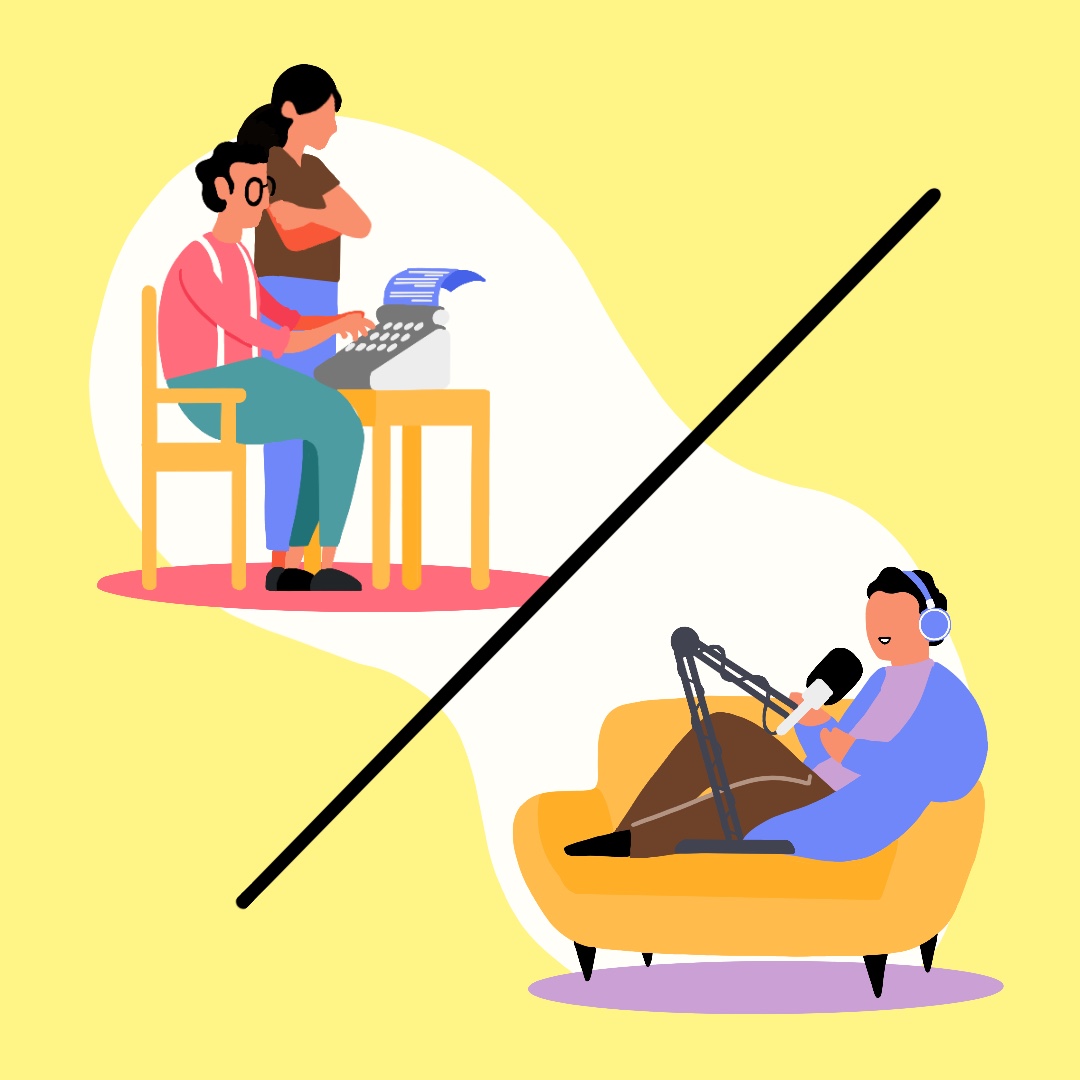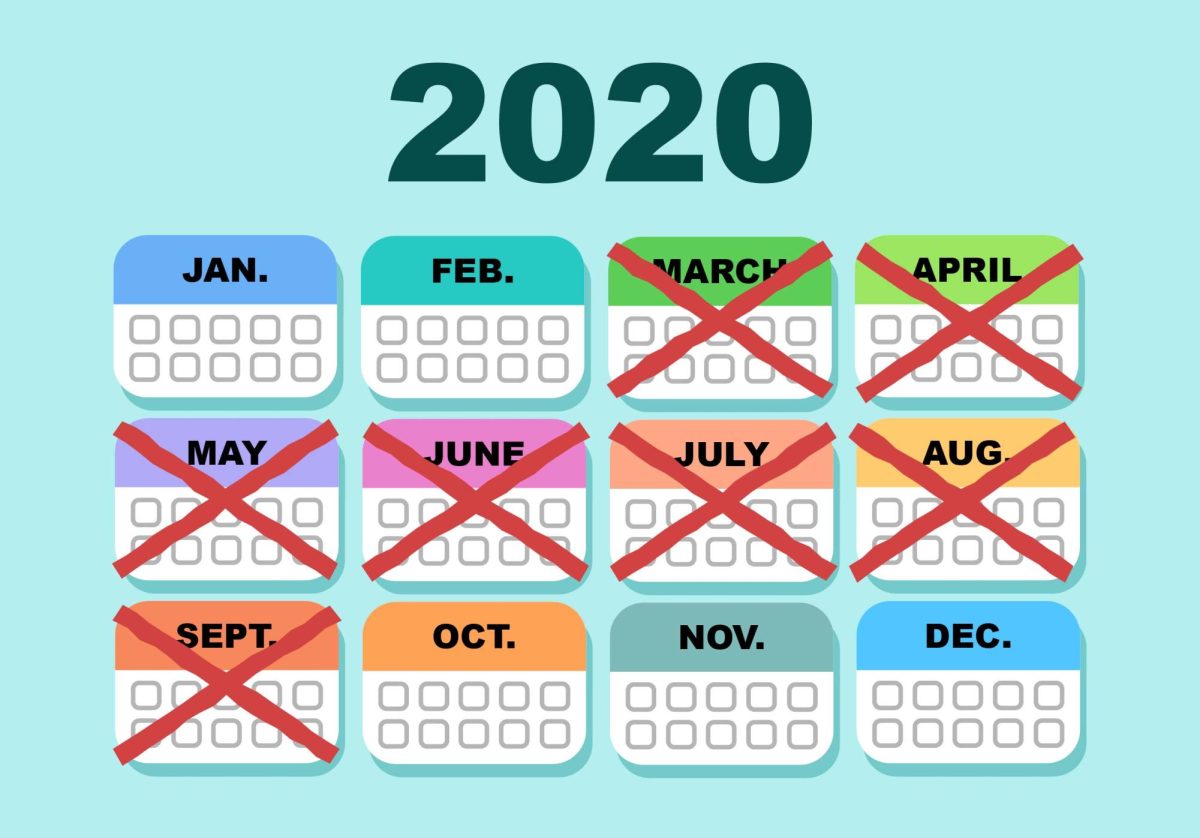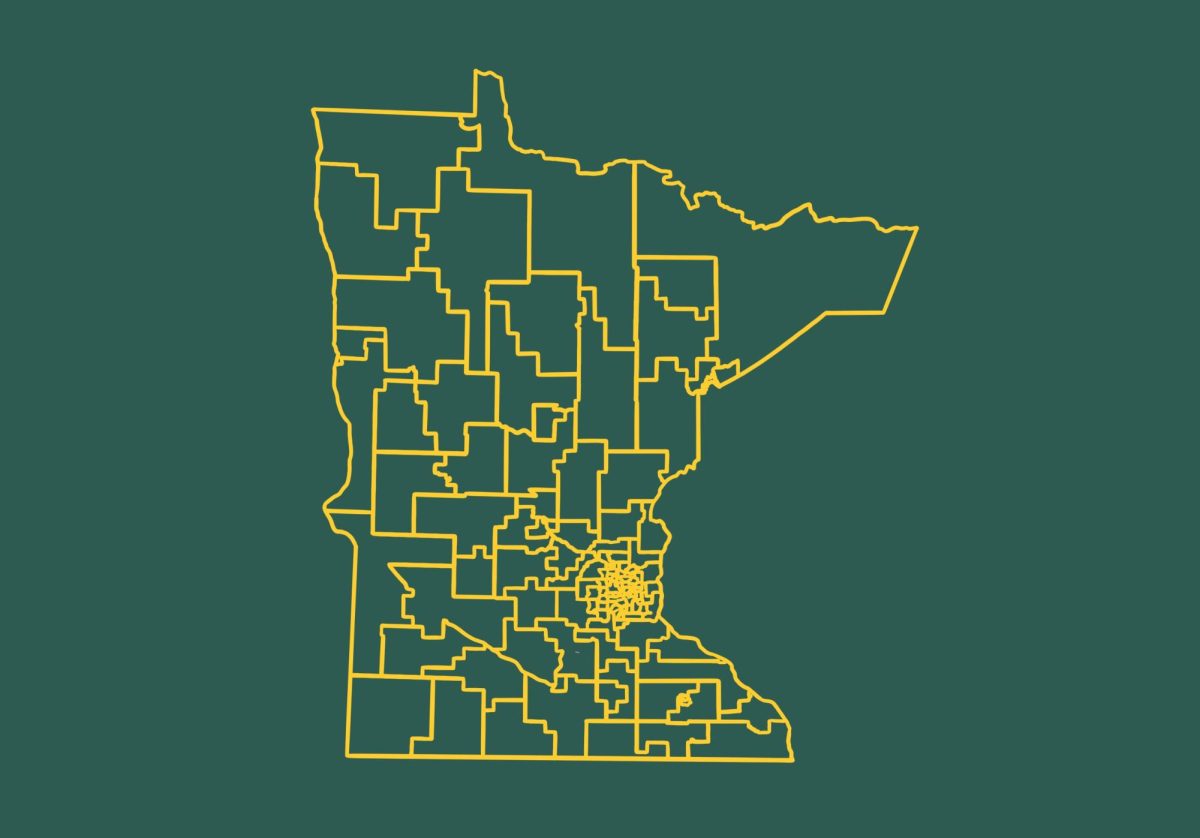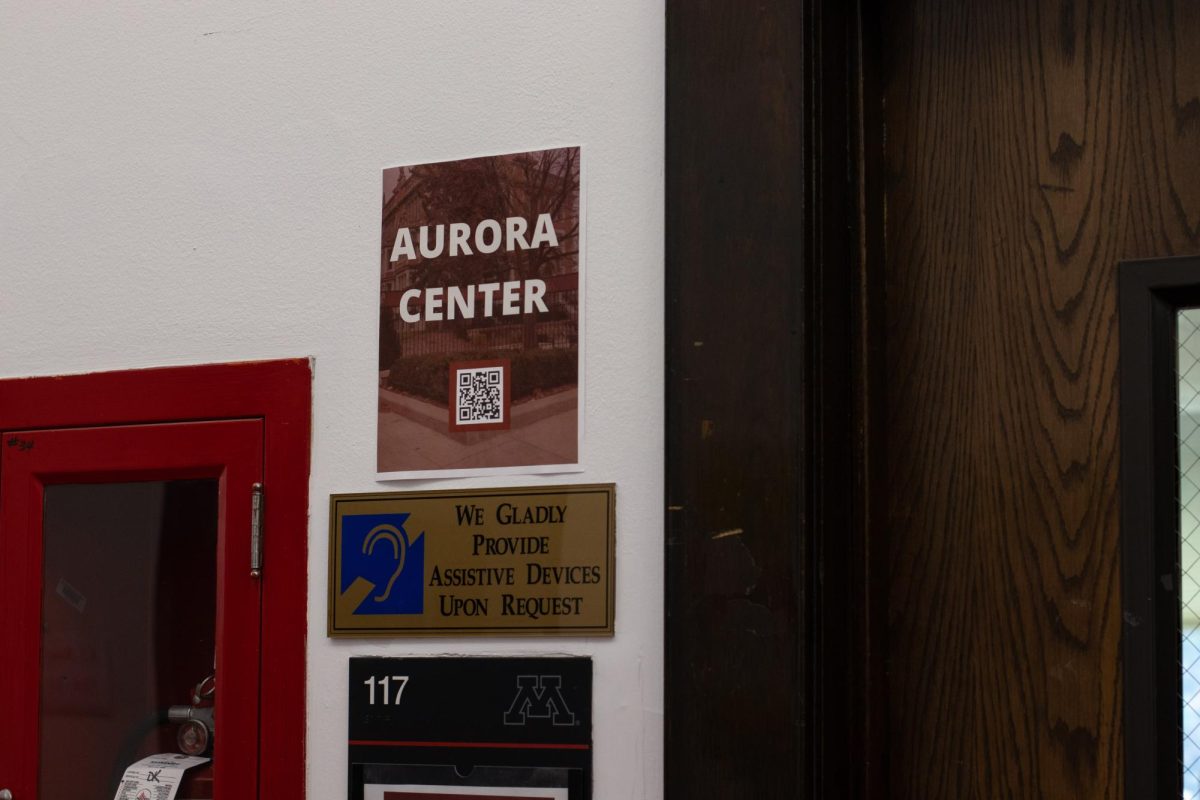There’s no denying that one of the most pressing issues Generation Z is facing right now is the cost of college.
The price of a post-secondary degree has increased drastically over the past few decades. From 1980 to 2019, the average price (adjusted for inflation) to attend a four-year college increased 169%, with all kinds of schools becoming more expensive.
Christine Storms, the director of curriculum for National University’s School of Health Professions based in San Diego, said there are a variety of factors that cause tuition prices to increase, such as the cost of accreditation and demand for higher faculty wages.
“They want a salary that more closely mirrors what they can earn in the field,” Storms said. “For example, software or computer engineers can earn upwards of $120,000 in industry, but will probably start at around $80,000 teaching.”
These tuition hikes force many students to reconsider how they must pay for college. In the 2021-2022 school year, more than half of students at four-year universities graduated with student loans, with $29,400 being the average school debt balance.
As increasing tuition and the looming specter of student debt force students to closely plan their path to college, many are turning away from private colleges — which traditionally have had higher sticker prices — in favor of public institutions.
Abdulaziz Said, a first-year student at St. Cloud State University, said he did not even consider most private colleges during his college search due to affordability concerns.
“I wanted to take advantage of as much public funding as I possibly could,” Said said. “So I just kinda crossed out almost every single private school.”
It’s true that private colleges, both for-profit and nonprofit, are more expensive than their public counterparts on average. However, private nonprofit colleges also tend to give out significantly more aid than public schools, which can help to make up for the high price tag.
Although they often cost more upfront, an increasing number of colleges are taking steps to provide extensive financial assistance in order to attract more students.
Several high-profile private colleges, including multiple Ivy League schools, provide free tuition to students if their family’s household income is below a certain threshold. In the cases of Harvard, MIT and the University of Pennsylvania, that threshold is set as high as $200,000.
It’s not just exclusive Ivy League colleges offering this kind of program.
Concordia College in Moorhead, Minnesota, offers The Concordia Promise, which gives free tuition to students whose family’s adjusted gross income is less than $90,000. That ceiling is $10,000 dollars higher than the North Star Promise tuition funding that students at Minnesota’s public colleges can take advantage of.
Bryce Paulson, a student in his final year at Concordia College, said he wanted to attend the University of Minnesota, but financial circumstances and a lack of student aid prevented him from being able to attend.
“The University of Minnesota Twin Cities was my dream school,” Paulson said. “However, my financial package came in, and it was no longer feasible.”
While he regrets missing out on various opportunities at the University of Minnesota, Paulson said that, due to the basing of student aid on family income, he didn’t have much of a choice.
“Concordia won at the end of the day just by mere financials,” Paulson said.
As a society, we need to recognize that public colleges are not affordable for everyone nor are private colleges always prohibitively expensive. Different students will find that their aid and scholarships vary a lot from their peers due to different life situations.
Given how much college affordability depends on personal circumstances, is there anything that can be done to ensure students will be able to pay for their education?
Storms said a major problem is that students are not given adequate information about certain aid and scholarship programs.
“The free incentives do sway students, but only the students whose parents know or can navigate the systems,” Storms said. “The high school counselors are not good at providing that information.”
Storms also said while ideal paths may depend on major and institution, students should use published tuition and fee information to guide their college search.
“Students need to do their research,” Storms said. “Some tuition is low, but the program fees and books are horrible.”
Said said he does not feel like he was truly informed about the cost of college while going through the college search process.
“The money that I was being charged was not at all what the websites were indicating,” Said said. “I guess it changes from time to time, but it felt very confusing.”
Deciding what college to attend is not easy, especially when you are worrying about finances on top of everything else. But being more aware of your financial and educational situation, as well as consulting with educational experts, can do wonders to set you on your way.
Instead of being set on a particular path, students should be more open to different colleges and programs in order to balance the best experience with the most affordable education possible.
As it turns out, the only thing standing in between you and saving thousands of dollars on college costs is educating yourself about your education.














